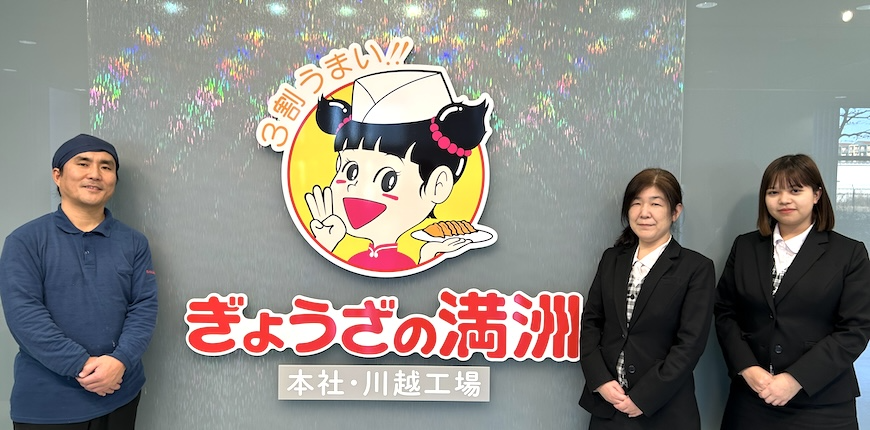Interview
Please tell us about your business and its characteristics.
We are Gyoza no Mansyu Co., Ltd., a company engaged in the manufacturing and sales of food products, as well as the operation of Chinese restaurants. We currently operate 102 stores: 50 in Saitama Prefecture, 35 in Tokyo, 1 in Kanagawa, 6 in Gunma, 8 in Osaka, and 2 in Hyogo. We have approximately 2,300 employees, including about 500 full-time staff and around 1,800 part-time and temporary crew members. All processes—from procurement, manufacturing, distribution, cooking, to sales—are handled in-house.
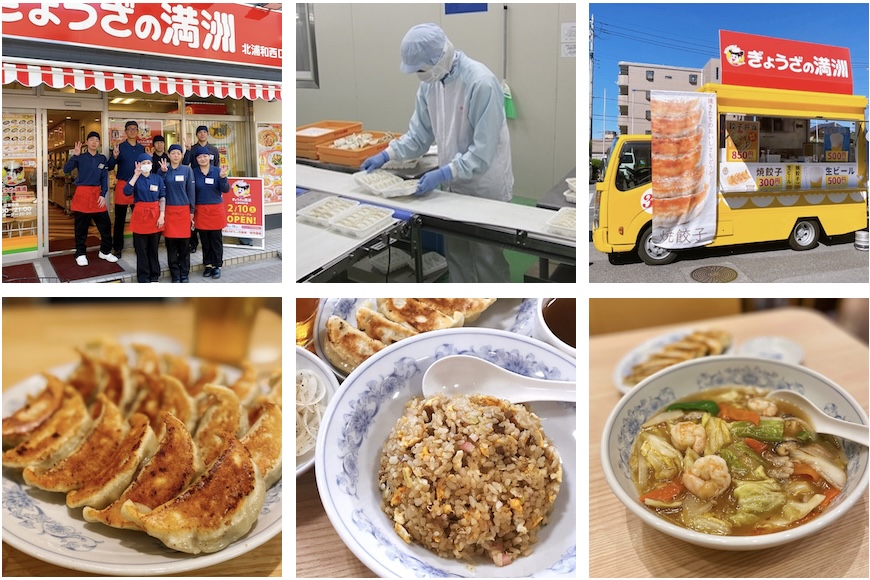
Could you share what led you to consider the service you implemented, and what challenges you were facing at the time?
Previously, we used a third-party system for Time and Attendance Management and handled shift scheduling with paper-based shift tables. However, the system we used was not compatible with shift management integration, which led us to search for a new service that could seamlessly link Time and Attendance with shift management.
One challenge was accurately understanding working conditions from the head office. Although our standard policy is a five-day work week for all employees, there are instances where it is difficult to schedule shifts accordingly, or changes may occur due to various reasons. It was difficult for stores to report every change to the head office in real time, so we often lacked complete visibility. That’s why we sought to integrate Time and Attendance Management with shift management to gain accurate, real-time insights and improve working conditions.
Another issue was improving operational efficiency, reducing costs, and contributing to SDGs through paperless operations. By systemizing the entire shift-related process, we hoped that both store managers and staff could handle everything online, thus making it the first step toward broader paperless initiatives.
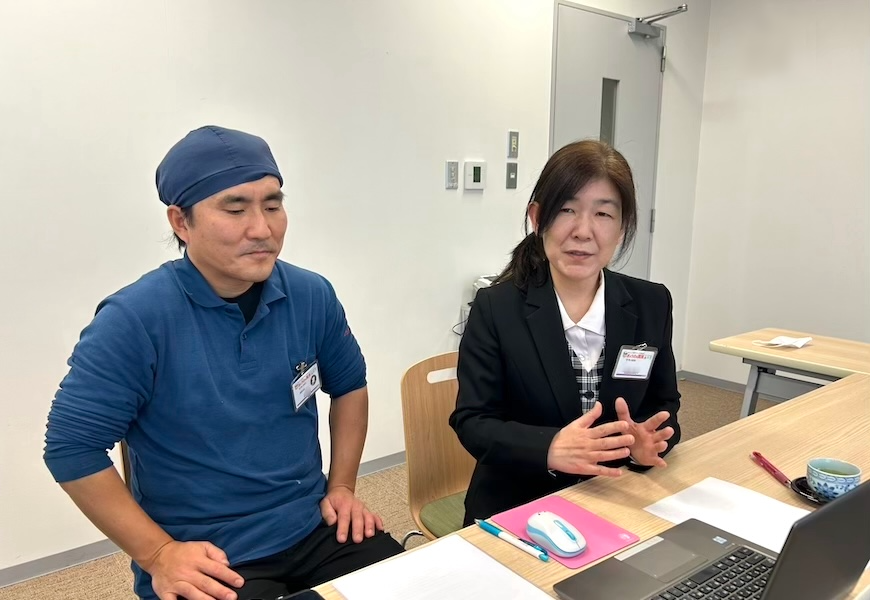
What were your selection criteria when considering the service, and what led to your decision?
Initially, we asked our business partners to introduce a few potential vendors. However, after speaking with representatives from those companies, we felt that many were heavily focused on shift management alone, which raised concerns. In contrast, GulfNet offered a Time and Attendance Management System with robust capabilities, which naturally allowed for smooth integration with shift management. That’s where we saw the appeal.
We were also reassured by their strong support structure, including proposing methods and measures to ensure smooth implementation at the on-site level. Rather than simply selling the system, GulfNet supported us throughout the entire process—from implementation to daily operation—which we truly appreciated.
Did you face any challenges when implementing the service?
Because we hadn’t had major issues with paper-based shift scheduling before, and since many of our stores had little experience using computers, the initial reaction to the system implementation was largely negative, with many saying “we can’t do this.” We struggled to train and familiarize store managers with the system.
Nonetheless, GulfNet proposed and hosted several training sessions, and we also built internal support structures to promote understanding and buy-in. Although the transition wasn’t entirely smooth, after three to six months, everyone became increasingly comfortable with the system, and we are now operating it with virtually no issues. During our monthly store manager meetings—where area managers gather to review operations—managers who’ve mastered the system now help train others, which has accelerated overall adoption.
What effects has the system had on your head office and stores? Could you share any feedback from each side?
(Head Office)
The Time and Attendance Management System now reflects daily work records in real time, enabling immediate confirmation. This has significantly contributed to one of our key goals: accurately understanding shifts and attendance.
Moreover, being able to link the registered data with other systems or use it for different purposes has been extremely helpful. For example, payroll management is one area where this integration has drastically improved efficiency and reduced processing time. The system also helps us easily generate categorized lists—for example, by length of employment—which supports various HR tasks.
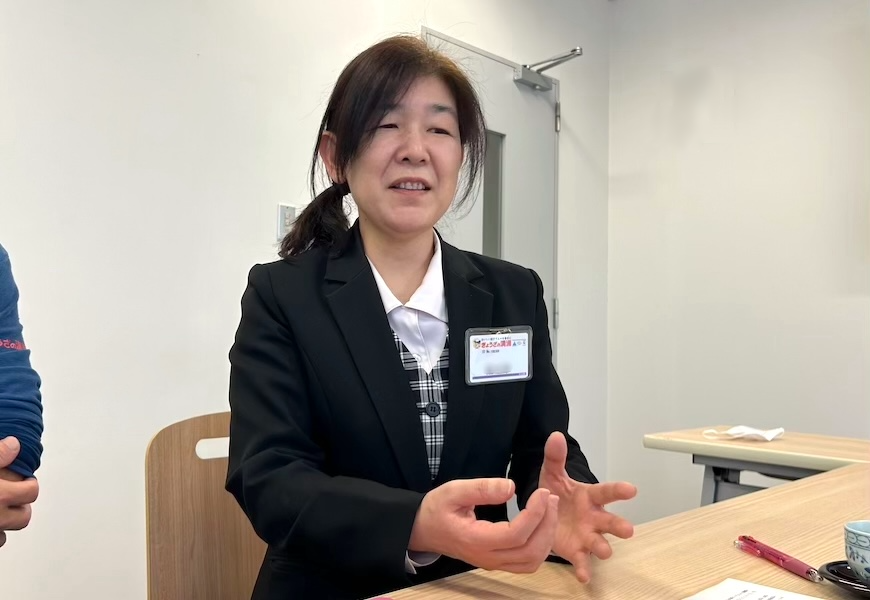
(Stores)
The biggest benefit for stores has been the shift app for crew members. Previously, they submitted their shift requests on paper, which sometimes got overlooked. With the app, those omissions are gone. Store managers can now begin shift planning as soon as all requests are submitted, which has sped up the process. Many stores used to complete next month’s shift schedule on the very last day of the month, but now they’re finishing three to five days earlier. Crew members have commented that it’s “easier to submit requests than with paper,” “convenient to check shifts via smartphone,” and “easier to plan personal schedules.”
As for the Time and Attendance Management System, the switch from vein recognition to facial recognition has improved both speed and ease of use. Vein recognition often failed during cold seasons, and during shift changes, lines would form as crew waited. Facial recognition, however, works smoothly—even with masks on—making the process much faster. Previously, we had to re-register winter-specific vein data as a workaround, but that’s no longer necessary. Now, stores can also update registration information directly, which was previously limited to the head office, making the system even more user-friendly.
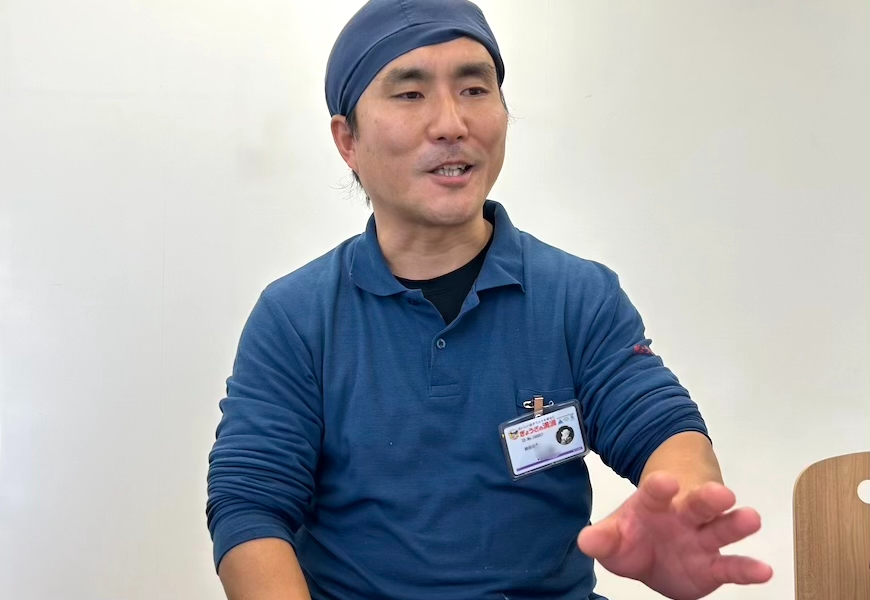
Did you notice anything unexpected after implementing the service?
At the head office, we didn’t expect the ability to input and link detailed employee and crew data with other systems. Thanks to that, we’ve been able to streamline tasks we hadn’t originally planned for.

At the store level, the shift management system now helps identify staffing surpluses and shortages at each location. Store managers can check the status of other locations and share awareness, such as “This store is short-staffed, let’s figure something out,” leading to better collaboration and solutions like staff reassignment.
Lastly, do you have any future plans?
As part of our SDGs initiatives, we are promoting paperless operations. With support from GulfNet, we are currently introducing a solution to digitize employment contract documents. To further advance this initiative on-site, we also aim to nurture IT leaders. Since we have a history of adopting automation and IoT tools—such as POS systems, auto-ordering, and touch panel ordering—we want to actively pursue digital transformation (DX) at our stores. We look forward to GulfNet’s continued proposals and support for this journey.
